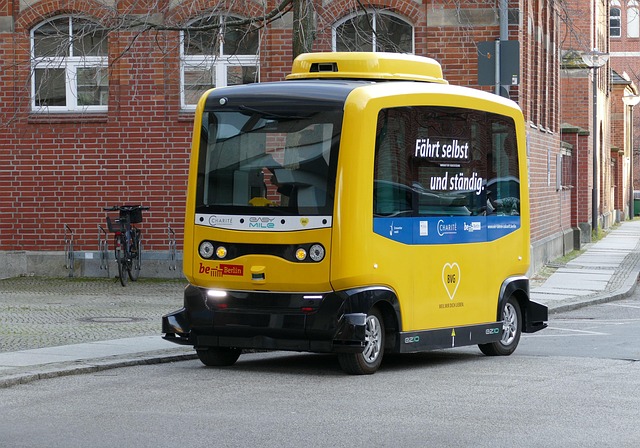The intersection of cutting-edge technology is nowhere more apparent, or more transformative for the business world, than in the realm of autonomous vehicles. When we think about the future of transportation, logistics, and even mobile services, it’s impossible not to envision a landscape populated by intelligent machines navigating our roads and skies. This isn’t just a futuristic concept; it’s rapidly becoming a reality, driven by significant advancements in robotics and artificial intelligence.
At its core, an autonomous vehicle is a sophisticated mobile robot. Robotics provides the physical platform – the sensors, actuators, navigation systems, and the structural integrity required to operate without human input. These aren’t simple machines; they integrate complex mechanical engineering with advanced electronic systems capable of sensing their environment, executing intricate maneuvers, and ensuring safe operation. Robotics engineering is the foundation that allows these vehicles to physically exist and interact with the real world.
However, the autonomous” part relies heavily on artificial intelligence. If robotics is the body, AI is the brain. AI algorithms, particularly those involving machine learning, computer vision, and deep learning, enable autonomous vehicles to perceive their surroundings – recognizing objects, understanding traffic signs, predicting the behavior of other road users. AI allows the vehicle to make complex decisions in real-time: planning routes, adjusting speed, reacting to unexpected obstacles, and navigating complex urban environments or dynamic warehouse floors. Without sophisticated AI, these vehicles would simply be blind, deaf, and unintelligent machines.
The synergy of robotics and AI is what unlocks significant potential for business automation. Autonomous vehicles promise to revolutionize industries dependent on transportation and logistics. Imagine long-haul trucking operations becoming more efficient with vehicles that don’t require mandatory rest stops, reducing delivery times and costs. Think of last-mile delivery services becoming faster, cheaper, and more flexible with autonomous vans or drones. Warehouses and manufacturing facilities can leverage autonomous forklifts and transport robots to optimize internal logistics, improving throughput and safety.
Beyond just moving goods, autonomous platforms can also enable new business models. Mobile service vehicles, like autonomous cleaning or security robots, can operate around the clock. Even mobile pop-up shops or restaurants could potentially be deployed autonomously. The reliability, predictability, and potential for round-the-clock operation offered by autonomous systems, powered by the constant refinement of Algoritmus-driven AI and robust robotics, represent a step-change in how businesses can automate processes, reduce operational costs, and free up human capital for more complex or creative tasks.




